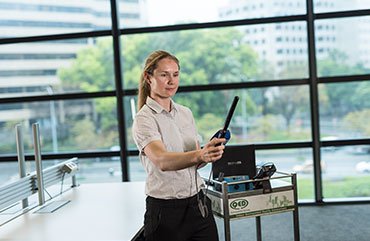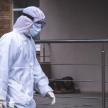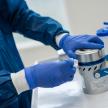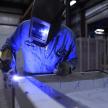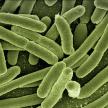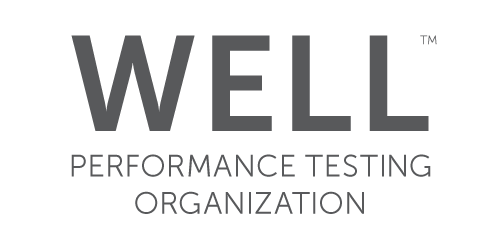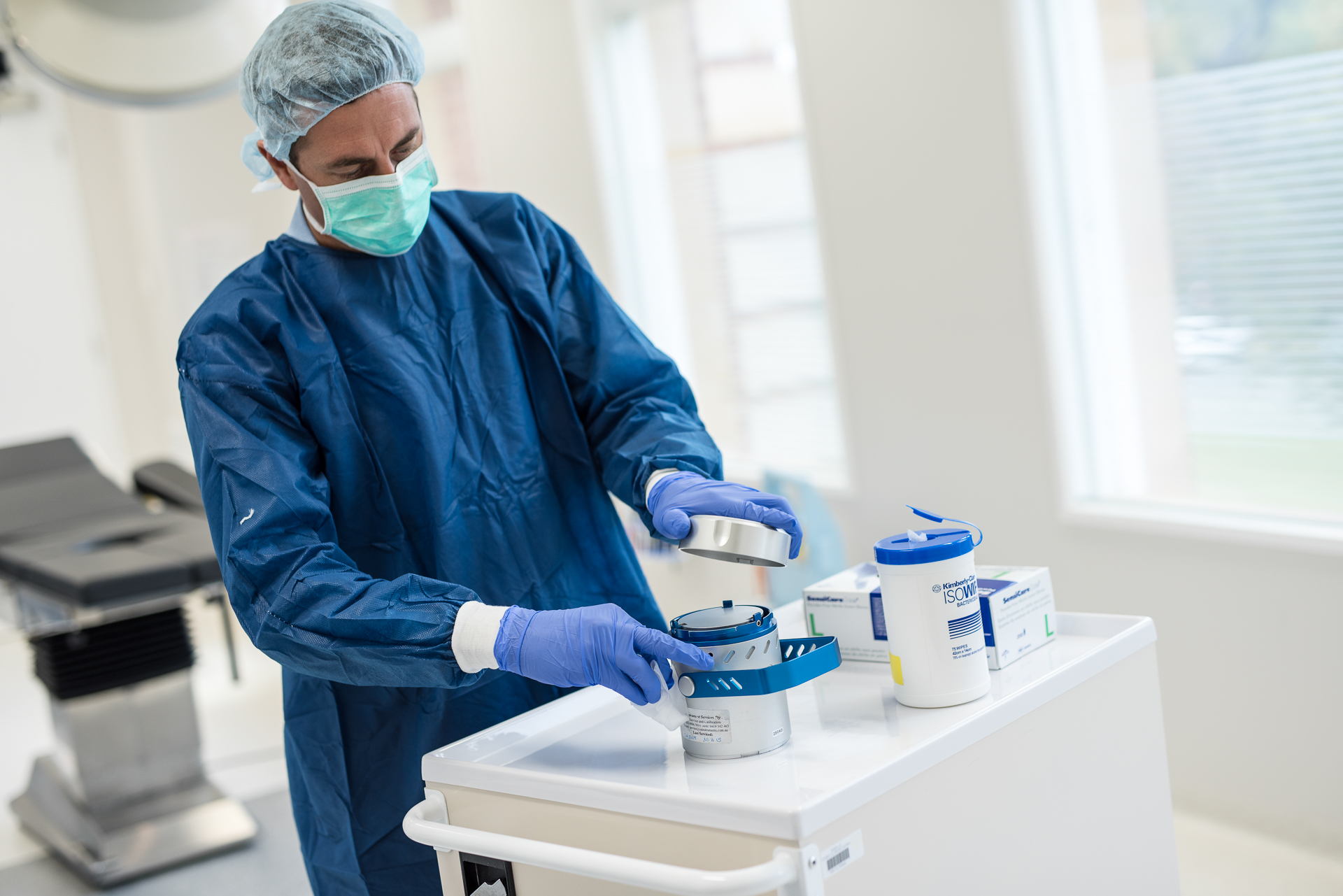
10th
Sampling for cytotoxic drugs contamination in healthcare facilities
by Matt Weir, Senior Consultant
Cytotoxic drugs are principally used in the treatment of cancer. Their fumes and residues are known to be highly toxic through their action on cell reproduction where many have proved to be carcinogens, mutagens, or teratogens.
Generally, healthcare workers may be exposed to cytotoxic drugs during drug preparation, drug administration, patient care activities, spill management, waste disposal, when handling patient body substances and when handling cytotoxic contaminated laundry.
Hospitals and oncology treatment centres have established control measures for storage, handling, clinical use and waste of cytotoxic drugs, including PPE, availability of spill kits and specially designed mechanical ventilation. Other facilities like general practices, veterinary practices, laboratories, and commercial laundries may also require strict controls.
Our team recently conducted sampling for cytotoxic residue within exhaust ducting, where modifications and an extension to the exhaust stack was being planned. Whilst the work site was downstream from filters in the system, this prudent step managed the exposure risk to the construction workers.
Depending on maintenance activities and schedule, it may be appropriate to undertake sampling in highly exposed mechanical ventilation components on a regular basis – perhaps every 2-5 years.
Furthermore, to aid in healthcare risk management, validation of the cleaning processes of contaminated surfaces should also be considered.
For further information Guide for handling cytotoxic drugs and related waste is published by Workplace Health and Safety Queensland.
To enquire about sampling for cytotoxic drug residues or airborne contaminants, contact us.
Categories
Recent Posts
Changes to the workplace exposure standard for welding fumes
15th Mar
On January 18, 2024, SafeWork Australia made a significant adjustment to the Workplace Exposure Standard (WES) for Welding Fume (not otherwi...
Pseudomonas aeruginosa and the Water Quality Management Plan - it's not just about Legionella.
23rd Feb
Pseudomonas aeruginosa could be responsible for a high burden of disease, and should always be included in a risk management plan....
Navigating the New Norm: Prioritising Indoor Air Quality for Events and Venues
06th Feb
Throughout 2023 there was a surge in venue managers looking to help clients feel at ease in regards to indoor air quality....



